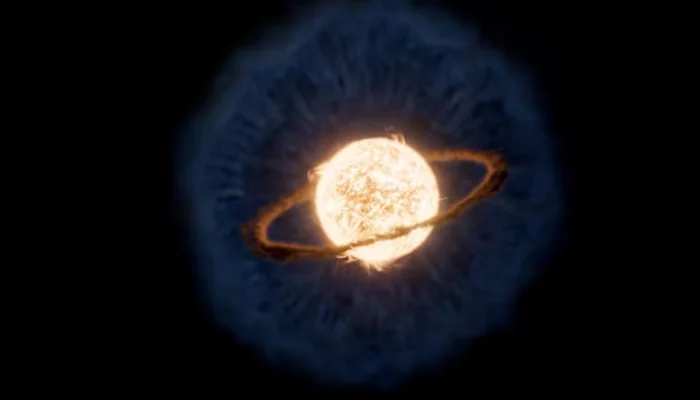In a remarkable discovery, the James Webb Space Telescope has captured evidence of a rare planetary death plunge — a giant exoplanet falling into its host star. This cosmic event, first detected in May 2020, has now been revisited with new data revealing that the planet spiraled inward over time, ultimately crashing into the star …
Continue reading “Webb Telescope Captures Rare Death Plunge of Alien Planet”
